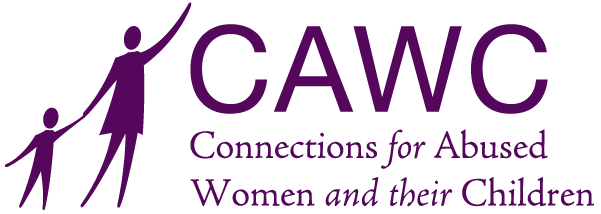The Domestic Violence Movement has a rich history centered on social justice and women’s basic human rights, and the events on its timeline speak volumes about the pace and kinds of progress made on this front.
Until the 19th century, there were no consistently applied legal consequences for men who physically abused their wives or female partners. In fact, all until the 1970s, it was not only legal but socially accepted for husbands to beat their wives. Here’s how women in the US began fighting for legal protection and how the Domestic Violence Movement timeline in America unfolded.
The 19th Century
- • 1870s: The Women’s Christian Temperance Union forms, in part due to the link between men’s excessive alcohol consumption and high rates of domestic violence. Activists like Susan B. Anthony and Elizabeth Cady Stanton, who are fighting for women’s right to vote, support the WCTU, believing it will help to lower the degree and prevalence of abuse.
- • 1871: Alabama and Massachusetts criminalize assaults by husbands against their wives.
- • 1874: North Carolina follows suit in criminalizing domestic violence. Around this time, Maryland does the same, and New York begins hearing cases against marital rape.
The 20th Century
- • 1945: Martial rape is outlawed throughout the entire US.
- • 1972: The first emergency rape crisis line opens in Washington D.C.
- • Early 1970s: Galvanized in part by the wider Women’s Liberation Movement — and the fact that domestic violence is still not taken seriously by the justice system — the Battered Women’s Movement begins in earnest, led by feminist activists and survivors.
- • 1974: The first permanent shelter for domestic violence victims in the US opens.
- • 1976: Lesbian activist Del Martin publishes Battered Wives, an analysis of domestic violence.
- • 1977: Boston Hospital creates a holistic trauma response for identifying and treating victims. What is today called Connections for Abused Women and their Children (CAWC) — the first domestic violence program in Chicago — establishes the first-ever domestic violence hotline.
- • 1978: The United States Commission on Civil Rights holds the Consultation on Battered Women; The National Coalition Against Domestic Violence (NCADV) is formed.
- • 1979: CAWC opens the Greenhouse Shelter, Chicago’s first shelter for battered women and their children.
- • 1980: Domestic Abuse Intervention Programs in Duluth, Minnesota, is founded.
- • 1983: Over 700 domestic abuse shelters are operating in the US.
- • 1984: President Ronald Reagan signs The Victims of Crime Act (VOCA) into law, which established the Crime Victims Fund. This is used to compensate survivors for costs incurred in recovering from crime.
- • 1985: Tracey Thurman wins a lawsuit that results in the creation of the Family Violence Prevention and Response Act, or Thurman Law. This law requires police to make arrests in domestic violence cases.
- • 1989: October as National Domestic Violence Awareness Month becomes an official federal observance.
- • 1992: CAWC founds the Hospital Crisis Intervention Project (HCIP).
- • 1994: Congress passes the Violence Against Women Act (VAWA) to prevent gender-based violence, including domestic violence, sexual assault, and stalking, and to offer various services to survivors. However, VAWA must be continually reauthorized by the government.
The 21st Century
- • 2000: The Sexual Assault Reform Act (SARA) is passed in New York, which imposes stringent residential restrictions on convicted offenders of certain sexual offenses. CAWC opens the Humboldt Park Outreach Program (HPOP), which provides individual and group counseling to victims of abuse and their children.
- • 2009: Vice President Biden announces Lynn Rosenthal as the new White House Advisor on Violence Against Women.
- • 2017: The Me Too movement, led by Tarana Burke, goes viral on social media as prominent cases of sexual violence against women — often normalized or hushed up in certain industries — is brought to light.
- • 2019: VAWA is reauthorized and closes the “boyfriend loophole” with regard to firearms purchases.
- • 2022: The most recent Violence Against Women Act Reauthorization Act is signed.
Learn About the Domestic Violence Movement With CAWC
At Connections for Abused Women and Their Children (CAWC), we believe that everyone has a right to a life free of violence. Our mission to end domestic violence is rooted in education, service, and advocacy. In addition to working toward broader social change, we provide empowerment-based and trauma-informed support in the form of shelter, counseling, and advocacy to individuals affected by domestic violence and their children. If you or someone you know is struggling with domestic violence, don’t hesitate to call our 24-hour hotline at (773) 278-4566.
Join us on Saturday, October 7, 2023 for our annual “Silent too long, silent no more” March & Rally. Register here!
Learn more about domestic violence and how you can stop it by signing up for our Kitchen Table Conversations webinars. Alternatively, you can support our work by making a donation.
